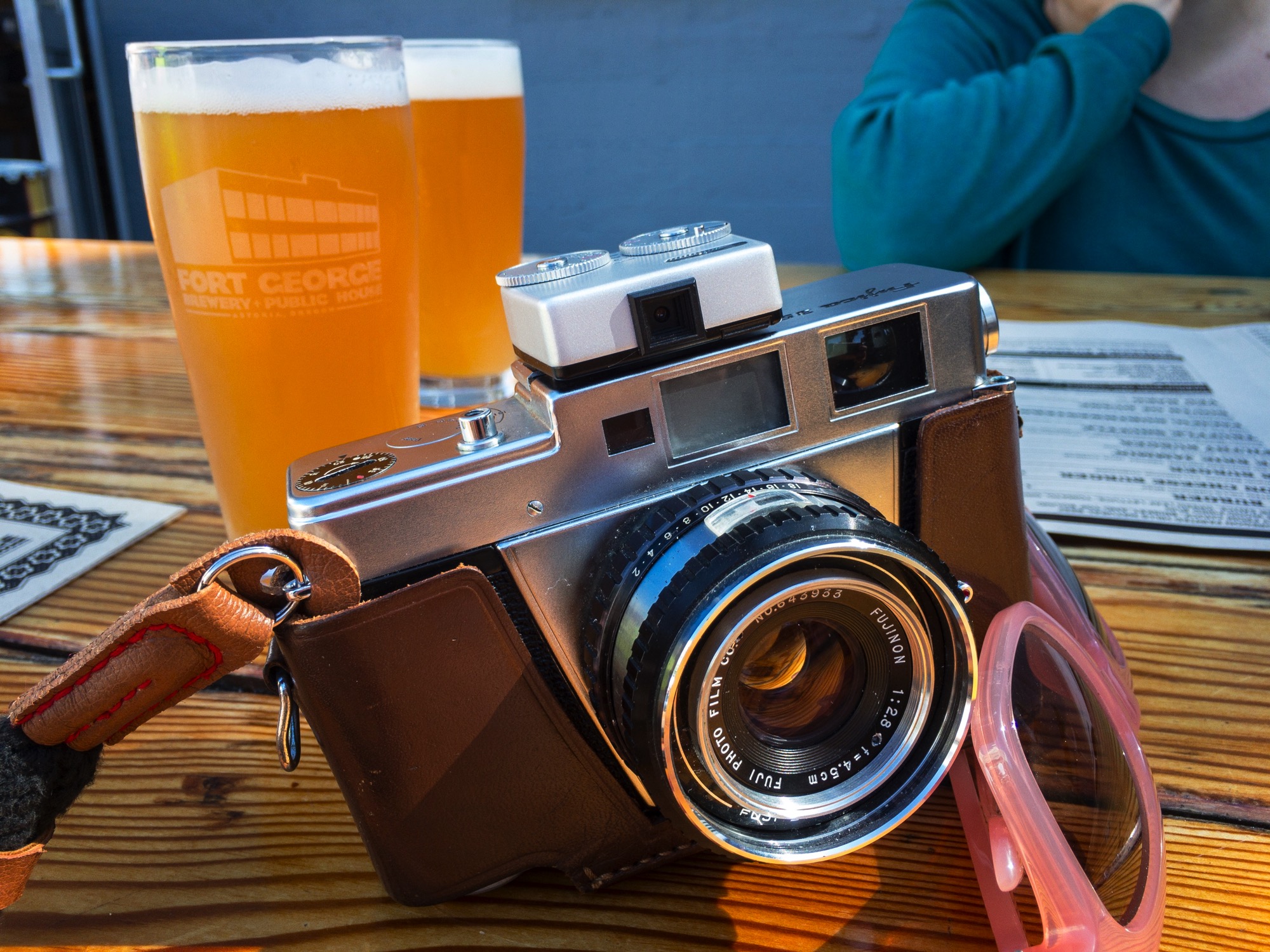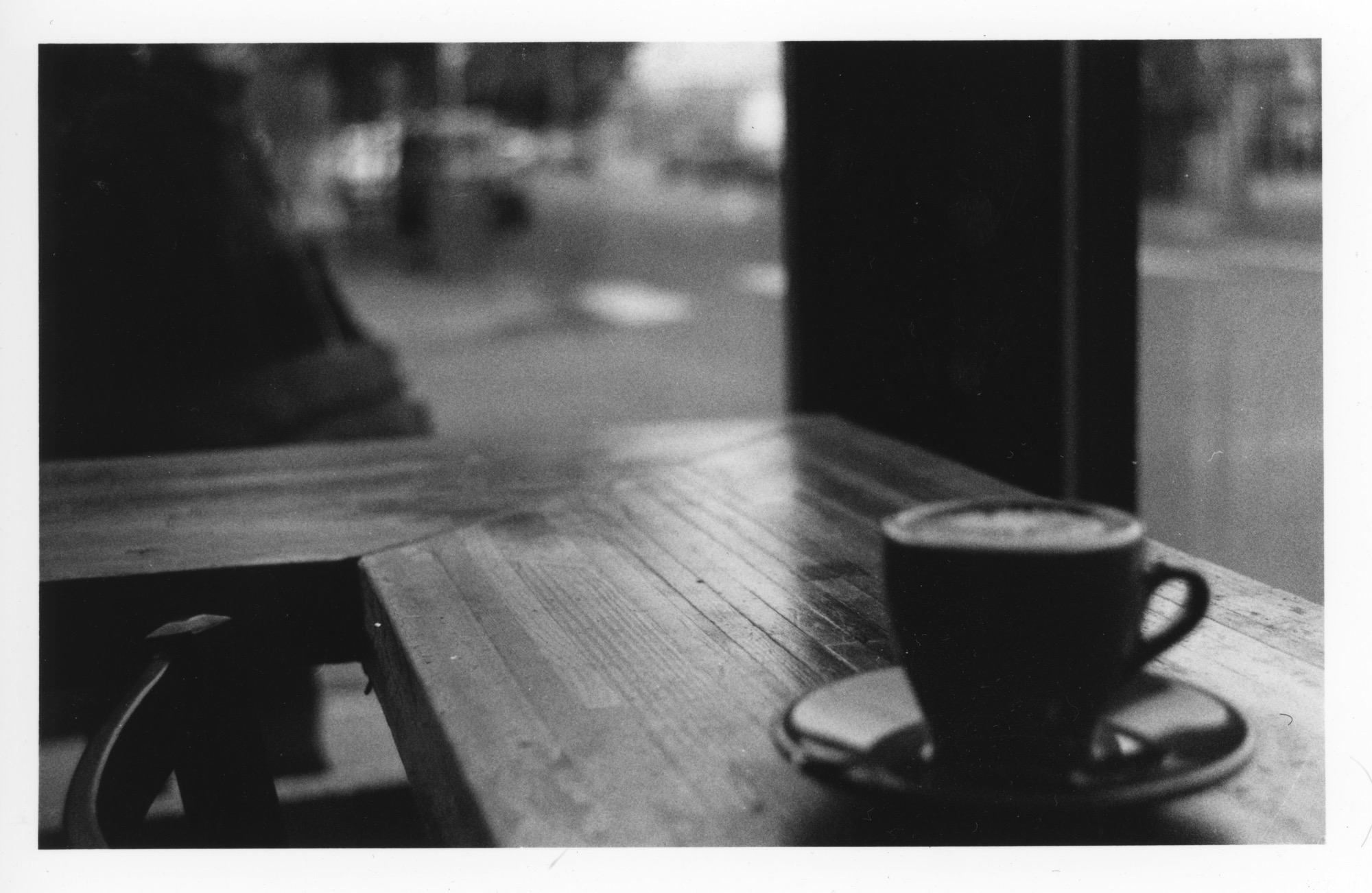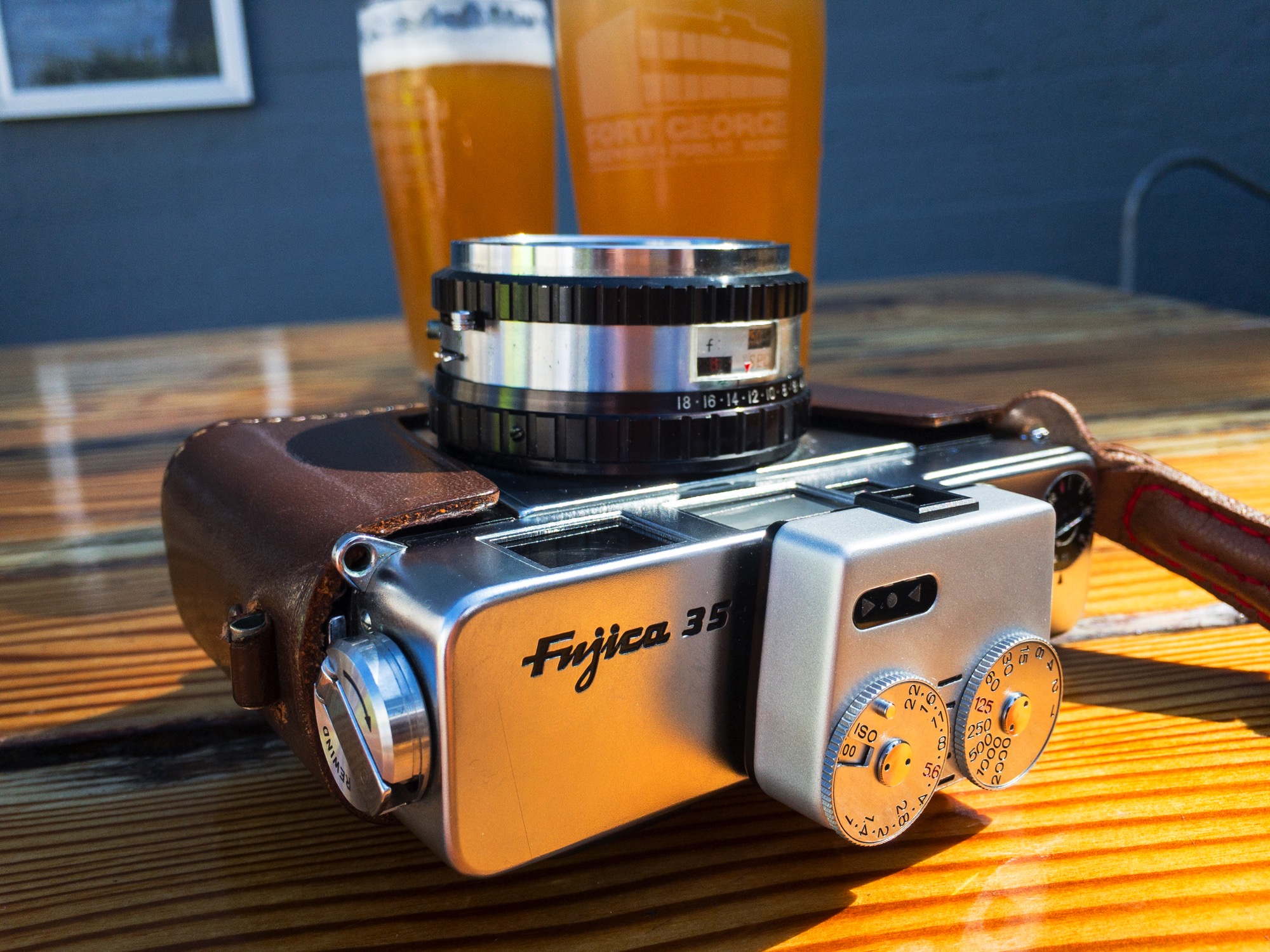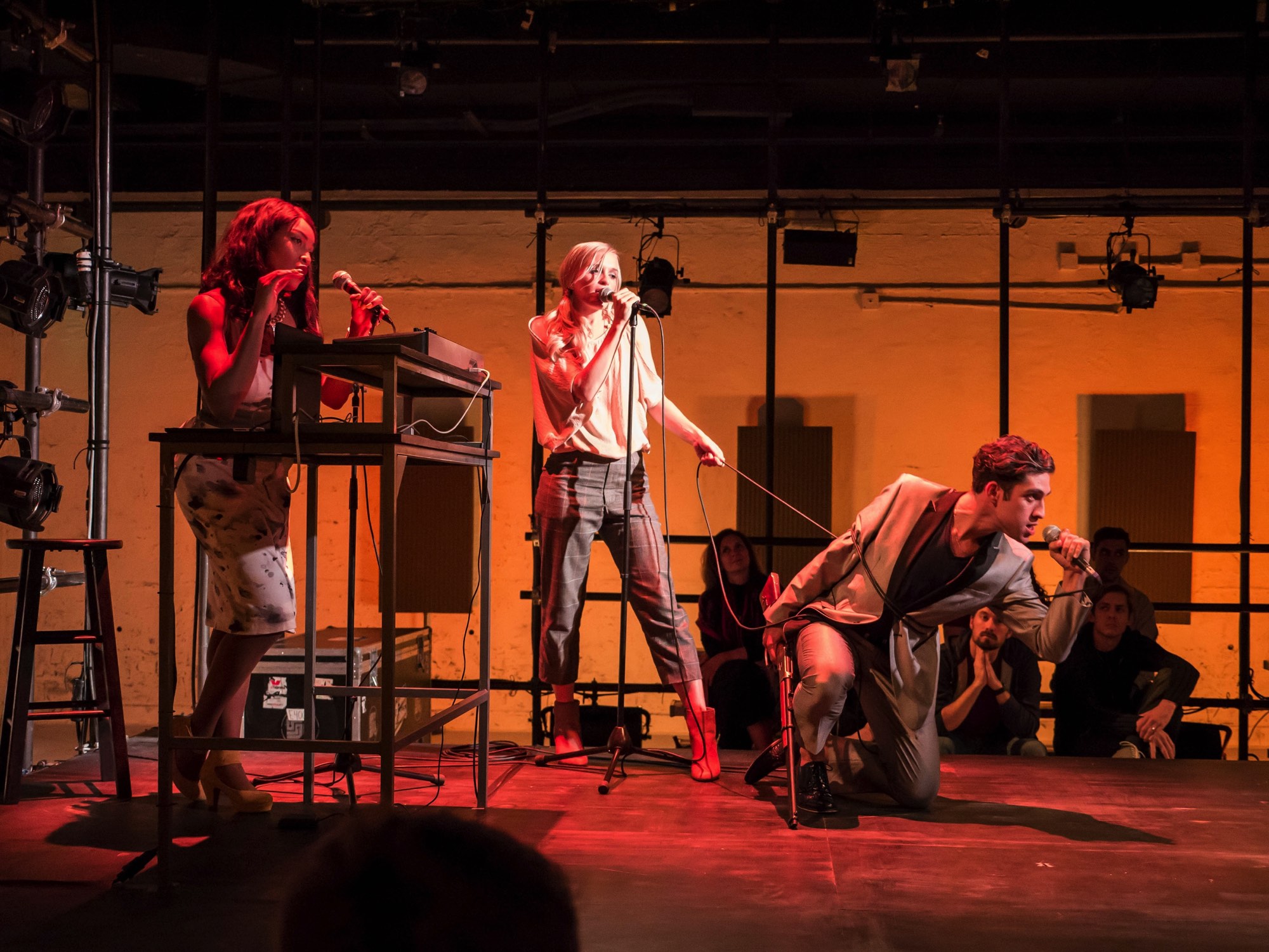A pretty little camera, Fujica 35-ml
Fujica 35-ml rangefinder camera, a 35mm delight to use and a treat to look at.
The older I get, the more I love estate sales. I used to go to thrift shops almost every day. Recently, at least here in Portland, I've noticed what used to be thrift store finds are now housed in glass at vintage shops marked up 500%. Because of that, estate sales are my new love. This particular camera came from an estate sale.
The camera was in decent condition when I found it, but the shutter was stuck and I had to open it up to give it a slosh cleaning in order to shoot some test rolls. The rangefinder was a bit out of whack too, which might have been why it sat unused for so long. Thanks to smart Japanese engineering rangefinder adjustment screws are easily accessed from under the cold shoe.
Fuji made a ton of rangefinders over the years, with a bunch of different medium format versions from 6x4.5 up to 6x9. However, the Fujica rangefinder line was not immensely popular in the United States, so they fly under the radar a bit. From what I understand the 35mm rangefinders, especially weren't sold in great numbers in the U.S. so they are kind of a treat to find in good condition.

Oddities of the line: they all have the wind lever on the bottom, focus wheel on the back, and rewind on the side. All these things, are exactly what I love about it. This, surprisingly, isn't the only rangefinder camera I own with a focus wheel on the back. The Mamiya Six folder I have also operates the same way (although it moved the film plane instead of the lens). I really love being able to focus with just the move of my thumb, it feels much more natural on a rangefinder for some reason.
The little camera has a 45mm f2.8 lens that is nice and sharp, a characteristic of pretty much every Fuji lens it seems. It is essentially a small view camera lens, threaded into a leaf shutter. You set the shutter speed and aperture on the lens rings, just like you would on your large format rig. This is, more or less, the basic set up of all the Fuji / Fujica rangefinders - slap a traditional leaf shutter lens on the front of a body and make it focus.
Some of the shots that I got from the camera are really lovely.

Theater process documentation, some thoughts
Performance documentation comes in many forms, for me – no surprise it’s images I love – ever since reading classic photo essays in my Time Life books, I’ve always been fascinated by photo essays. There is a magic that still images bring to documenting a long-term project. As the photographer you imbue them with a certain meaning for yourself, but anyone else looking at the images will bring their own feelings and thoughts to to them as well.
I had the chance to document the musical Dead Awaken from rehearsal and inception all the way through to production. The images that came out illustrate the movement through space, and transformation from actor to character. The full photo essay can be found online at Exposure.co, but I wanted to share a few images and excerpts here too.
To me, there is something really powerful and useful about looking at process documentation. Having images that tell the story of your project from start to finish not only lets others enter into the experience of making new work, but it gives you as the artist visual markers and reminders of what you did, and how you did it. These kinds of images are useful, not just for immediate purposes on big productions, but even images captured at small workshops can be useful years down the line when you are coming back to a work in progress.
Excerpt from the essay:
“The cast and crew moved into the space a few weeks before opening. I think that as soon as a production moves into it’s final space the stakes get higher. All of a sudden the world of the designer and the world of the actor smash together. Hopefully the set works, hopefully the lights are programmed correctly, hopefully the sound mixer has run all the right cables. There is a mixed excitement in seeing characters come to life, even if everyone isn’t off book yet.”

